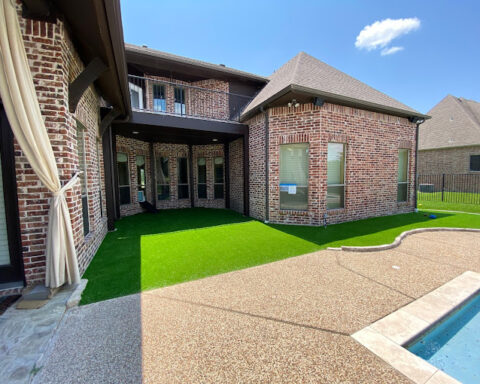Unveiling the Blueprint: The Comprehensive Guide to Design and Development Plans for Mobile Apps
Introduction:
In the fast-paced realm of technology, mobile applications have become an integral part of our daily lives, seamlessly blending functionality with user experience. Behind every successful app lies a meticulously crafted design and development plan. This blueprint serves as the guiding force, ensuring that the app not only meets user expectations but also stands out in the crowded app ecosystem. In this comprehensive guide, we’ll delve into the intricacies of what constitutes an effective design and development plan for mobile apps.
1. Understanding the Vision and Objectives :
At the heart of any successful app lies a clear vision and well-defined objectives. Before diving into the design and development process, it is crucial to understand the purpose of the app. What problems does it solve? Who is the target audience? Defining these aspects sets the foundation for the entire project.
2. Market Research and Competitor Analysis :
A thorough market research and competitor analysis are essential steps in crafting a successful app. By understanding the current market trends and analyzing competitors, developers gain valuable insights into user expectations, feature gaps, and potential pitfalls. This knowledge not only informs the design but also helps in creating a unique selling proposition for the app.
3. User Personas and Journey Mapping :
Developing detailed user personas is a key component of any design and development plan. By creating fictional characters that represent different user segments, developers can tailor the app to meet the specific needs of their audience. Journey mapping complements this process by visualizing the user’s experience from the moment they discover the app to becoming a regular user.
4. Wireframing and Prototyping :
Once the vision is clear, the next step is to translate ideas into tangible concepts through wireframing and prototyping. Wireframes serve as skeletal outlines, defining the app’s structure and layout. Prototypes, on the other hand, provide a clickable representation, allowing stakeholders to interact with the design before development begins. This iterative process ensures that the final product aligns with the initial vision.
5. Choosing the Right Development Methodology :
The development methodology chosen can significantly impact the project’s success. Agile, Waterfall, and DevOps are popular methodologies, each with its strengths and weaknesses. Agile, for instance, promotes flexibility and adaptability, while Waterfall follows a linear progression. DevOps emphasizes collaboration between development and operations teams. The choice depends on the project’s nature, size, and requirements.
6. Technology Stack and Platform Selection :
Selecting the right technology stack and platform is pivotal in ensuring the app’s efficiency and scalability. Factors such as the target audience, desired features, and budget play a role in choosing between native, hybrid, or cross-platform development. Additionally, the backend infrastructure, databases, and third-party integrations must align with the overall architecture.
7. Design Principles and User Interface :
A visually appealing and user-friendly interface is critical for an app’s success. Adhering to design principles such as consistency, simplicity, and accessibility enhances the user experience. The user interface (UI) design should consider the app’s branding, color schemes, and typography, creating a seamless and intuitive interaction between the user and the application.
8. Development and Testing :
With the design in place, the development phase begins. This involves writing code, implementing features, and integrating functionalities. Simultaneously, rigorous testing is conducted to identify and rectify bugs, ensuring a smooth and error-free user experience. Automated and manual testing methodologies play a crucial role in delivering a high-quality product.
9. Iterative Refinement and Feedback Loop :
The development process is not linear; it requires continuous refinement based on feedback. Iterative cycles involving testing, feedback gathering, and refinement are integral to enhancing the app’s performance and addressing any unforeseen challenges. This agile approach ensures that the final product meets or exceeds user expectations.
10. Deployment and Maintenance :
Upon successful development and testing, the app is ready for deployment. This involves releasing the app to the respective app stores or platforms. Post-deployment, ongoing maintenance is crucial for addressing any emerging issues, implementing updates, and staying compatible with evolving technologies.
Conclusion:
In conclusion, the design and development plan of a mobile app is a multifaceted process that demands careful consideration at every stage. From conceptualizing the vision to deploying the final product, each step plays a vital role in shaping the app’s success. By following a well-structured plan, developers can navigate the complexities of app creation and deliver a product that not only meets user expectations but also stands out in the competitive digital landscape. As technology continues to advance, a robust design and development plan remain the cornerstone of building innovative and user-centric mobile applications.

















